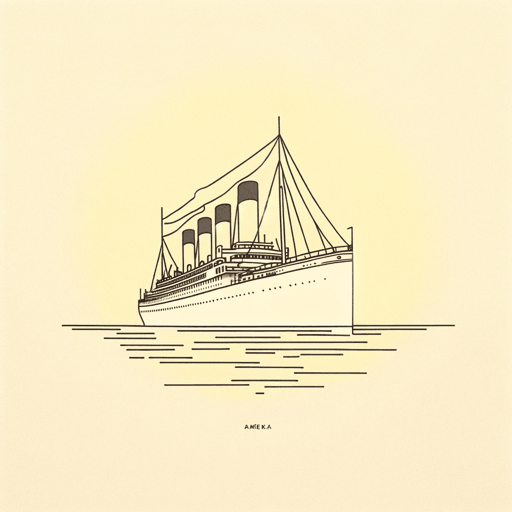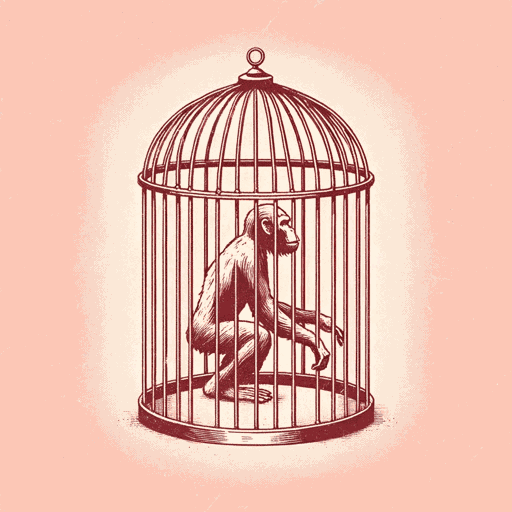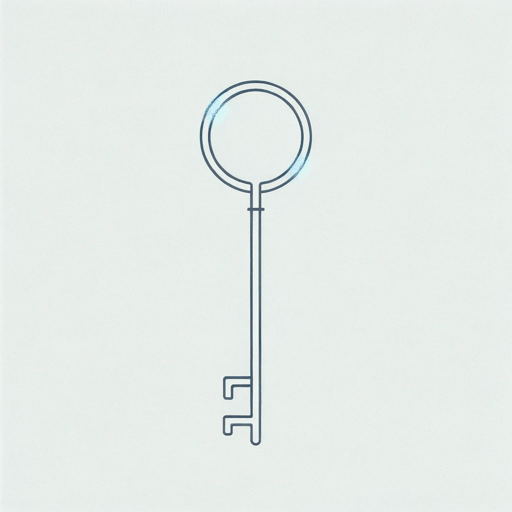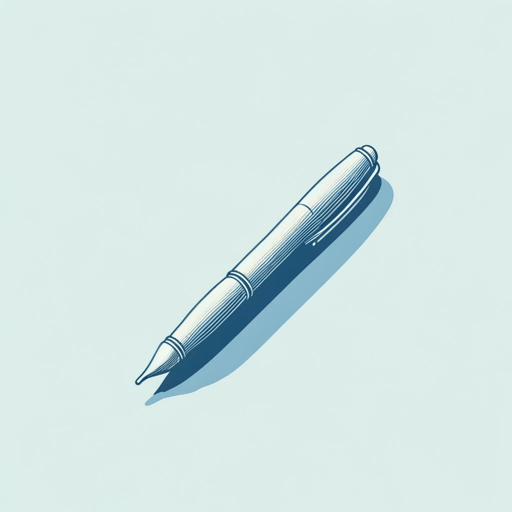31 pages • 1 hour read
Franz KafkaIn the Penal Colony
Fiction | Short Story | Adult | Published in 1919A modern alternative to SparkNotes and CliffsNotes, SuperSummary offers high-quality Study Guides with detailed chapter summaries and analysis of major themes, characters, and more.
Summary and Study Guide
Summary: “In the Penal Colony”
“In the Penal Colony” is a short story by Franz Kafka that was written in the German language in 1914. It is an allegorical fantasy set in an unnamed, deserted colony. The story explores themes like the dynamics of Power and Control, the tension between Tradition and Conformity Versus Innovation and Progress, and the consequences of a Lack of Sense of Self and Belonging. The machine is a metaphor for the judicial system, which can be cold, indifferent, and ineffective.
Franz Kafka was a Bohemian writer (now the Czech Republic, or Czechia) who is famous for short stories and novels with characters ensnared in surreal circumstances, often labyrinthine and nightmarish bureaucracies. These scenarios are called “Kafkaesque” after the author. He is considered one of the most important German writers of all time, and his translated works inspired many 20th-century writers like Jorge Luis Borges, Jean-Paul Sartre, Albert Camus, and Gabriel García Márquez.
This study guide refers to the translated version of In der Strafkolonie (In the Penal Colony) by Phillip Lundberg, which appears in the first edition of his 1995 book Essential Kafka Rendezvous with “Otherness” on pages 74-103.
The story opens with an officer enthusiastically exclaiming, “It’s really quite a contraption” (74) while showing a machine to a traveler. The officer seems to be “intimately acquainted” with the apparatus, which is to be used to execute prisoners for disobedience. The traveler, however, appears uninterested in the machine and the isolated penal colony. Apart from the officer and the traveler, only one soldier and a convicted man are present. The prisoner is chained like a dog, and the soldier is holding the heavy chains.
The traveler seems reserved as he has no understanding of the machine. He paces nervously while the officer makes the final adjustments to the machine himself. Because of his “diligence” and “attachment” to the machine, he does not trust anyone with it. Once all the preparations are done, he offers the traveler a seat and begins to explain the apparatus, which he calls “a testimony to the inventiveness” (75) of the old commander. He credits the old commander for the entire penal colony’s existence and expresses his contempt for the new commander. The officer explains that the apparatus consists of three parts: the bed, the inscriber, and the harrow (a rake-like tool with spikes, traditionally used to break up soil). The bed is the lower part and is covered with a special kind of “cotton wadding” on which the prisoners are placed. A felt stub goes into their mouth to prevent them from screaming and biting their tongue. The bed and the inscriber are about the same size and appear as “two dark, humongous trunks” (78) interconnected with brass poles. Between the bed and the inscriber, the harrow hovers, connected with a steel band.
The officer’s explanation intrigues the traveler, and the officer, on observing the traveler’s “increasing curiosity,” pauses to take his questions and continues explaining in greater detail. Once the prisoner is strapped in, the bed “begins doing its dance” while the harrow carries out “the execution of the judgment” (78). The officer shows the traveler the “handwritten renderings” of the judgment by the old commander. He tells the traveler that their judgments are not harsh and that “Honor thy superiors” will be inscribed on the prisoner’s body (79).
Meanwhile, the soldier and the prisoner sit silently. The prisoner tries to appear as attentive as he can, even though he cannot understand a word because of the language barrier. The traveler asks if he knows about his judgment. The officer tells him that the prisoners do not get any opportunity to know their judgments and defend themselves because their “guilt is never in question” (80). He explains the prisoner’s crime: He was “caught sleeping” rather than saluting his major, and the major slashed his face with a horsewhip to wake him up.
The officer resumes his explanation. As the harrow vibrates, its long needles pierce the body and its short needles wash away the blood by spraying water to keep the script clear. The “diluted blood” empties into the ditch. All of this can be seen by everyone because the harrow is made out of glass. The script is inscribed as deeply as possible for 12 hours. After two hours, the prisoner is given porridge. In the sixth hour, he loses his appetite and becomes deeply still. After another six hours, the harrow spears and throws the prisoner’s body into the ditch, which is disposed of by the soldier and the officer.
The soldier cuts through the prisoner’s clothes, leaving him completely naked. He is then placed on the bed’s wadding. Just as the needles touch his body, he stretches out his arm and rips the wrist strap, which is replaced with chains. The traveler thinks to himself that he is only a foreigner and should keep quiet. His thought is interrupted by the officer’s “angry scream” when the prisoner throws up on him accidentally. The execution process is paused as the soldier cleans the mess, and the officer talks to the traveler in private. He reveals that this punishment has “fallen into disrepute” and that he is the only one left in the penal colony who insists on using it (89). He recounts how the machine used to be impeccably maintained and the executions used to be monumental affairs full of spectators. Now, he feels others are conspiring against him. He asks the traveler to help him with his plan to force the new commander “down upon his knees” (96). The traveler admires his earnestness but refuses to take part in his plan. He shares that he does not believe in capital punishment.
The officer informs the prisoner, who has become friends with the soldier despite being strapped down, that he is free to go. He releases him and places himself on the bed. The machine seems to obey him. He puts the felt stub into his mouth, and the prisoner and the soldier help him fasten the straps. The traveler is “determined to do nothing” (101). Soon, the machine starts without making any noise. However, after a few moments, the gear rises, rolls on the inscriber’s edge, tumbles over, and falls on the ground, followed by many other gears. The machine is not only self-destructing but killing the officer. The traveler screams out for help, but the soldier and prisoner are not able to “resolve themselves to come over and help” (104). The iron stinger pierces through the officer’s head, yet he has a calm look.
After the incident, the soldier and the prisoner accompany the traveler to a “dank, low set […] cave-like” tea house (104), where the old commander is buried. The tea house is full of construction workers who whisper to each other while looking at the foreigner. He “wants to see the grave” (105), which is beneath one of the tables. The inscription on the gravestone claims the second coming of the old commander. The traveler walks out while distributing coins among the workers. He heads straight to the deck. Once he’s on the boat, he finds the soldier and the prisoner trying to board. He threatens them with a “massive rope” and stops their attempts.
Related Titles
By Franz Kafka

A Country Doctor
Franz Kafka

A Hunger Artist
Franz Kafka

Amerika: The Missing Person
Franz Kafka, Transl. Willa Muir

A Report to an Academy
Franz Kafka

The Castle
Franz Kafka

The Metamorphosis
Franz Kafka

The Trial
Franz Kafka

